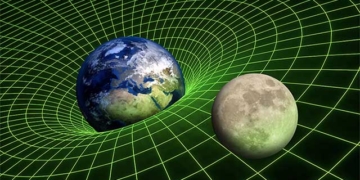Deep Geological Repository in Canada to Feature Multiple Natural and Artificial Barriers for Safe Isolation of Used Nuclear Fuel.
The Nuclear Waste Management Organization (NWMO) has selected the Wabigoon Lake Ojibway Nation (WLON) and the Township of Ignace as the management site for Canada’s first deep geological repository for used nuclear fuel. This announcement follows a lengthy 14-year selection process. “The project will address environmental issues and support Canada’s climate change goals,” Interesting Engineering reported on November 29, quoting Laurie Swami, president and CEO of NWMO.

Okalo Nuclear Waste Repository in Finland. (Photo: Yahoo).
The Repository Will Provide a Long-Term Solution for the Safe Management of Used Nuclear Fuel, a byproduct of Canada’s nuclear power generation. Currently, used nuclear fuel is stored in reactor areas and laboratories across the country. However, a permanent solution is necessary to ensure the safety of current and future generations. NWMO has determined that a deep geological repository is the most effective solution for the long-term management of this material.
The Repository Will Be Constructed at a Depth of 650 – 680 Meters, Significantly Deeper than the CN Tower (553 Meters). This depth helps isolate used nuclear fuel from the environment and human activities. It will consist of an underground network of tunnels and waste storage chambers.
According to NWMO, a series of technical and natural barriers will be integrated to safely store used nuclear fuel in the repository. These barriers will include robust containers, sealing gaskets, and the surrounding geological formation. Each barrier will provide a distinct and independent level of protection while also supporting the previous barriers. If any barrier fails, the other barriers will continue to isolate the hazardous material.
The decision to select WLON and Ignace was made after a screening process that began in 2010, with 22 communities expressing interest. For each community, NWMO provided information and addressed questions regarding the project. Additionally, the project will undergo regulatory processes from the Canadian Nuclear Safety Commission and the Government of Canada. Construction of the deep geological repository and transportation of used nuclear fuel is scheduled to begin in the 2030s and 2040s, respectively.
Several months ago, Finland became the first country in the world to bury nuclear fuel waste in a geological tomb for storage over the next 100,000 years. They plan to place used nuclear fuel in waterproof containers and bury it at a depth of approximately 400 meters underground in a forest in southwestern Finland.




















































